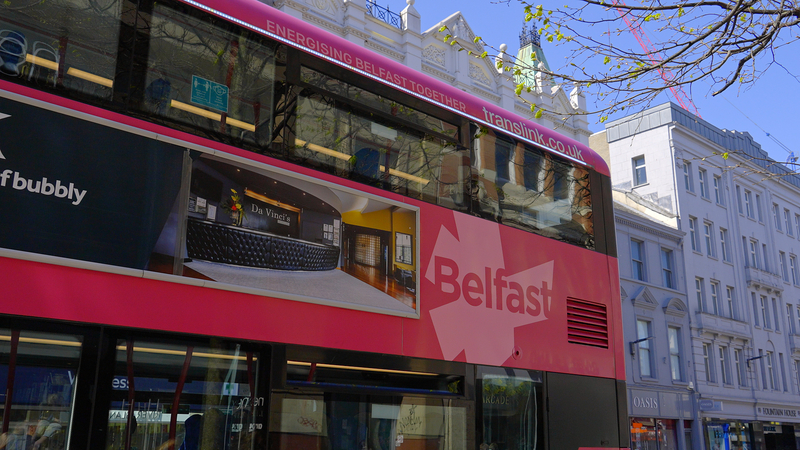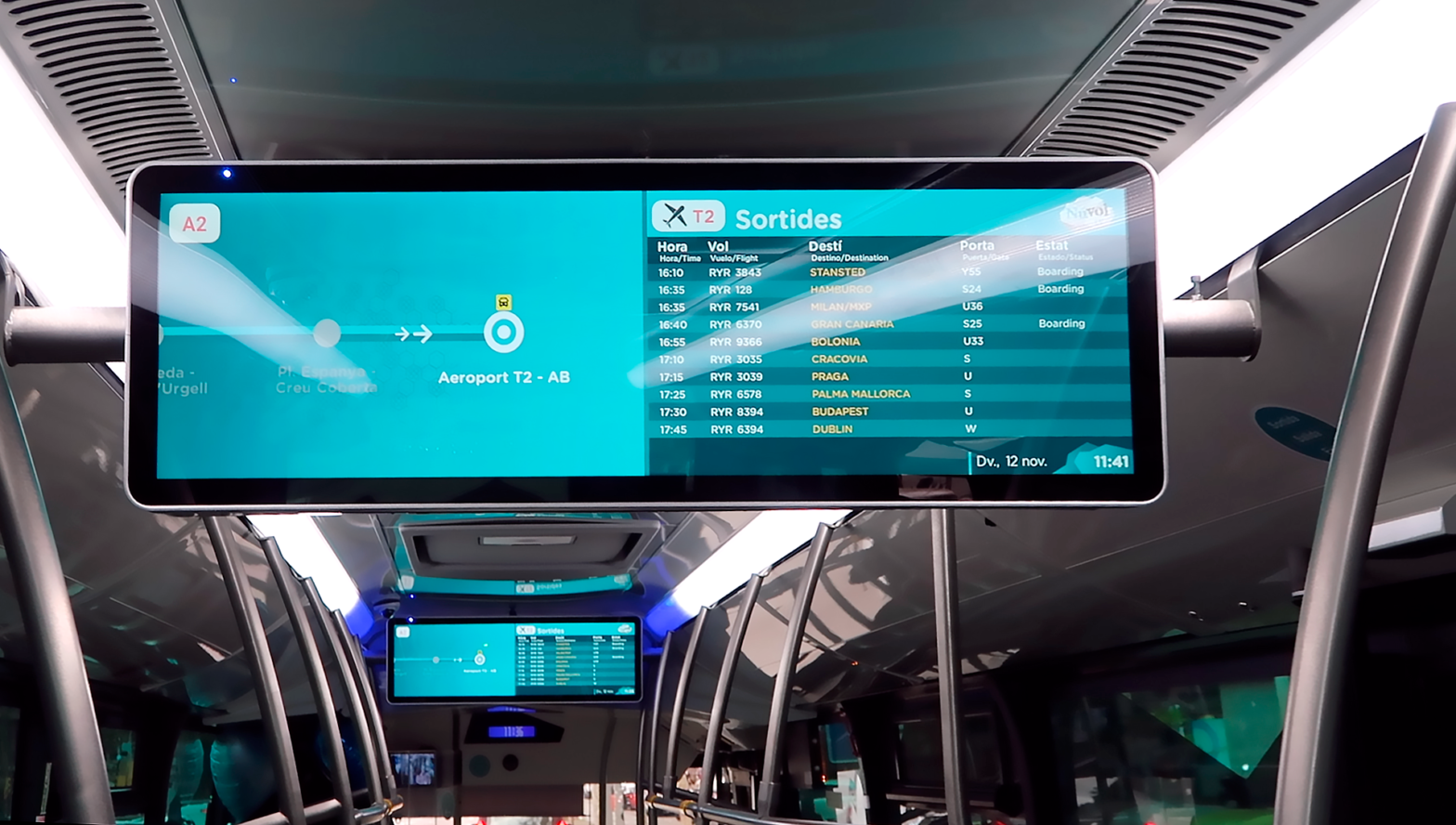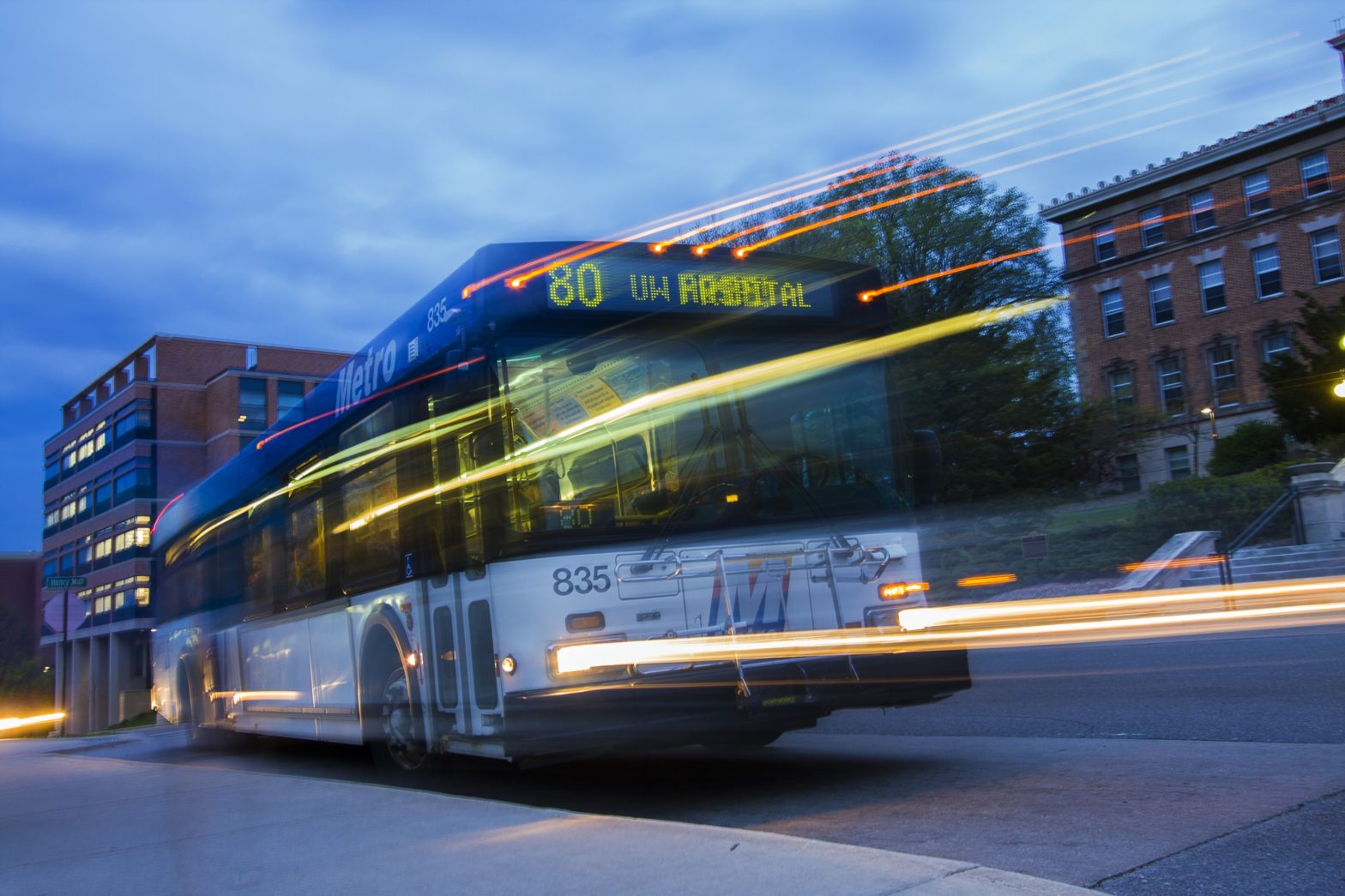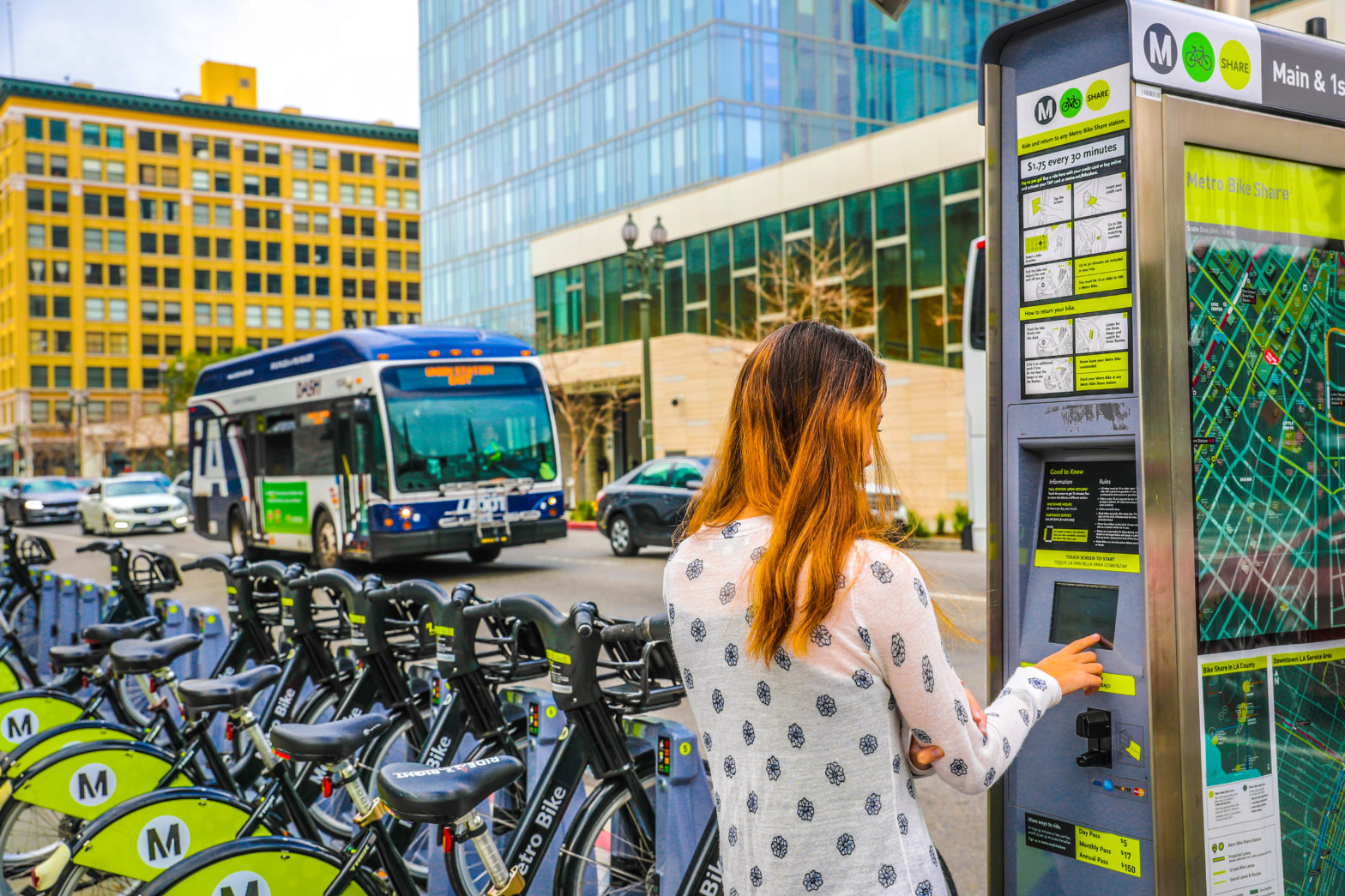
Photo: IMG_5901
Six ways Real-Time Information displays are transforming public transit
18 December 2023
Real-Time Information (RTI) displays have been instrumental in reshaping public transit by providing passengers with timely and accurate information.
Cities Today spoke to Andy Mell, Solutions Architect ITS at Vix Technology, about how RTI displays can play a crucial role in enhancing the efficiency, reliability, and overall attractiveness of public transit systems, benefiting both transit agencies and passengers alike.
-
Greater accuracy means greater confidence
“I can’t be the only person who has got on a bus, and immediately doubt whether it’s the right bus or be unclear about whether the bus will stop where I need to be,” says Mell.
To increase public transport adoption, passengers need visibility of information before the journey, during the journey and confidence that they are receiving the right information at the right time. That visibility and confidence can be increased by using technology appropriately. Passengers are more likely to choose public transport when they know that they can rely on accurate and up-to-date information.

The widespread use of GPS technology in buses and trains allows for more accurate tracking of vehicles. Passengers can see the real-time location of vehicles on digital maps, helping them plan their trips more efficiently. They can make informed decisions about when to leave for the transit stop, reducing the time they spend waiting. This can be particularly crucial in adverse weather conditions.
And transit agencies are increasingly using predictive analytics to estimate arrival times more accurately. By analysing historical data, current traffic conditions, and other relevant factors, these systems can provide more reliable predictions for when a vehicle is expected to arrive at a particular stop.
“Prediction algorithms are getting better and better,” says Mell. “We’ve been refining our prediction engine for many years, bringing in more data sources, to generate the most accurate results.”
-
New information for passengers and agencies
New content management systems (CMS) ensure that operators can show the time of scheduled transit and final destination on on-street and in-vehicle displays, the stops it is going to next, real-time updates on pending arrivals, and occupancy information.
Accessibility features are greatly improved for displays which can include larger text for easier reading, video for sign language avatars as well as an optional button or remote key fob which is designed to trigger public address announcements from the display board using text to speech technology – all making transit information more accessible to people with disabilities.
In case of emergency or disruption, messages can be displayed and not just via text – images and motion video are possible on some displays. RTI displays can even host sensors for air quality and particulate matter (PM), sharing the display and communications hardware to reduce cost.
Showing real-time data for passenger occupancy on displays can assist passengers in deciding which journey to take and help transit agencies in managing crowds and implementing measures to improve safety and security during peak travel times or special events.
-
Better integration options
Real-time information can be integrated into mobile applications, making it easily accessible to passengers and encouraging the use of modern technology for transit.
Real-time data can contribute to broader smart city initiatives, fostering integration with other urban systems and improving overall city efficiency.
“In the past decade, we’ve seen increased adoption of open data standards,” says Mell. “Open data standards, including GTFS [General Transit Feed Specification] and SIRI [Service Interface for Real Time Information], allow app developers to produce apps for transit information.”
-
New revenue and reduced costs
“Rich media displays are now so advanced that playing images and video is possible to sell advertising, combined with transit information, with proof of play functionality, that can generate revenue which can be offset against the cost of the display,” says Mell.
RTI systems can also generate valuable data on passenger behaviour, popular routes, and peak travel times. Transit agencies can use this data to then optimise their operations, adjust schedules, and allocate resources more efficiently.
-
Better performance
 “Agencies and operators need confidence that the on-street displays are working, and displaying the correct information to passengers at all times,” he says.
“Agencies and operators need confidence that the on-street displays are working, and displaying the correct information to passengers at all times,” he says.
With a CMS, agencies and operators can monitor displays, ensuring that they are working as expected, and receive alerts for any issues that need to be fixed. They also enable reporting on performance metrics.
Security is also a crucial aspect.
“Our displays are secure by design,” says Mell. “Because the configurations are centrally managed, software updates can be pushed to the entire system so the security is always up-to-date.”
-
Increased sustainability
“With e-paper displays, more detailed information, including full timetables can be delivered over the air,” says Mell. “There is now no need to go round updating the paper sheets in display boards. We have the ability to only update the screen when the information changes, reducing its power consumption.”
Battery-powered displays can typically last three years, while solar powered displays with batteries can work for up to five years before changing the battery. This allows placing information displays in locations that have no power available. They are quicker and lower cost to deliver as no on-street electrical works are needed.
Transforming public transport
RTI displays play a crucial role in transforming public transit by providing passengers with accurate, timely, and accessible information, ultimately improving the overall efficiency, reliability, and attractiveness of public transport systems.
Brought to you in partnership with:
















